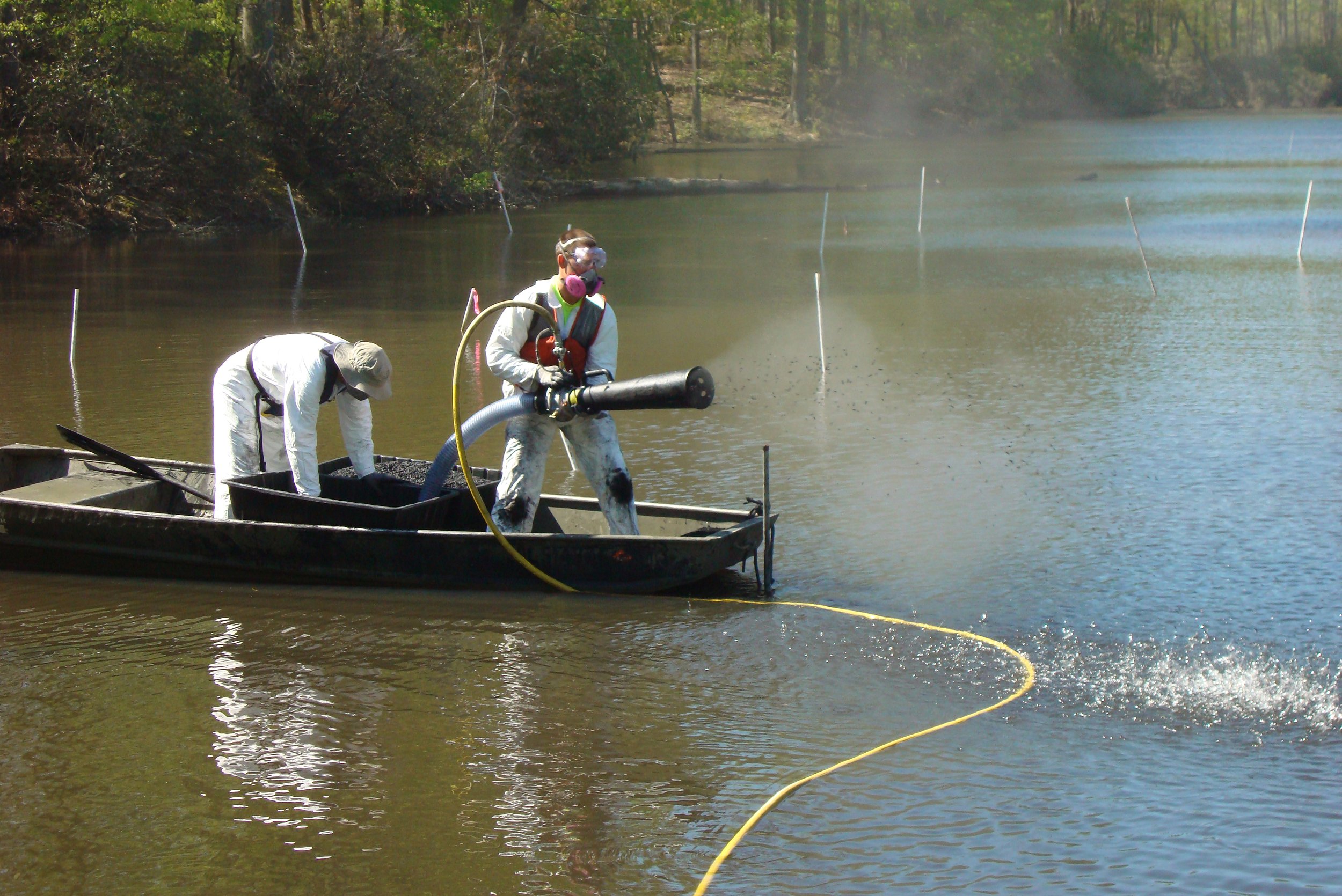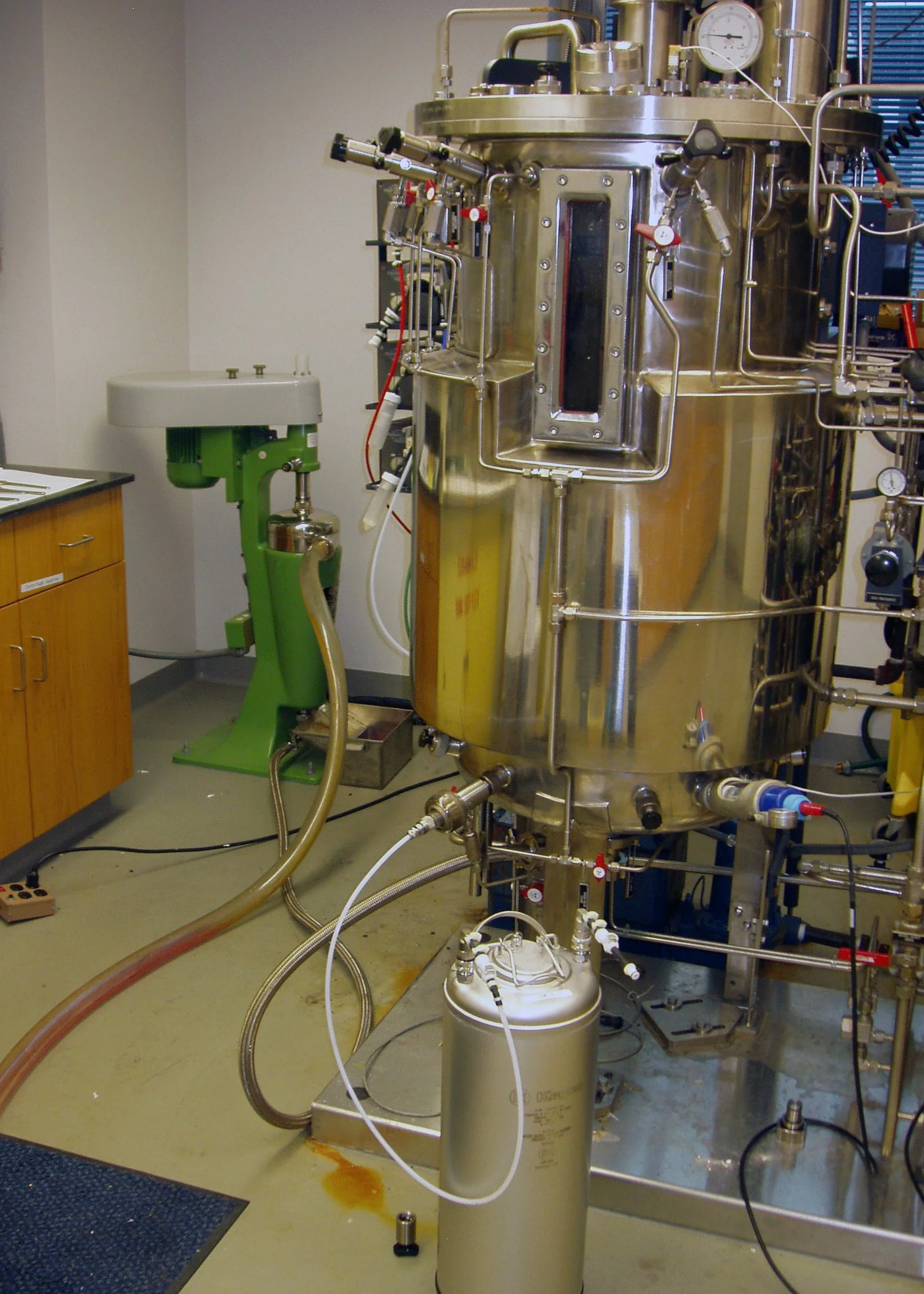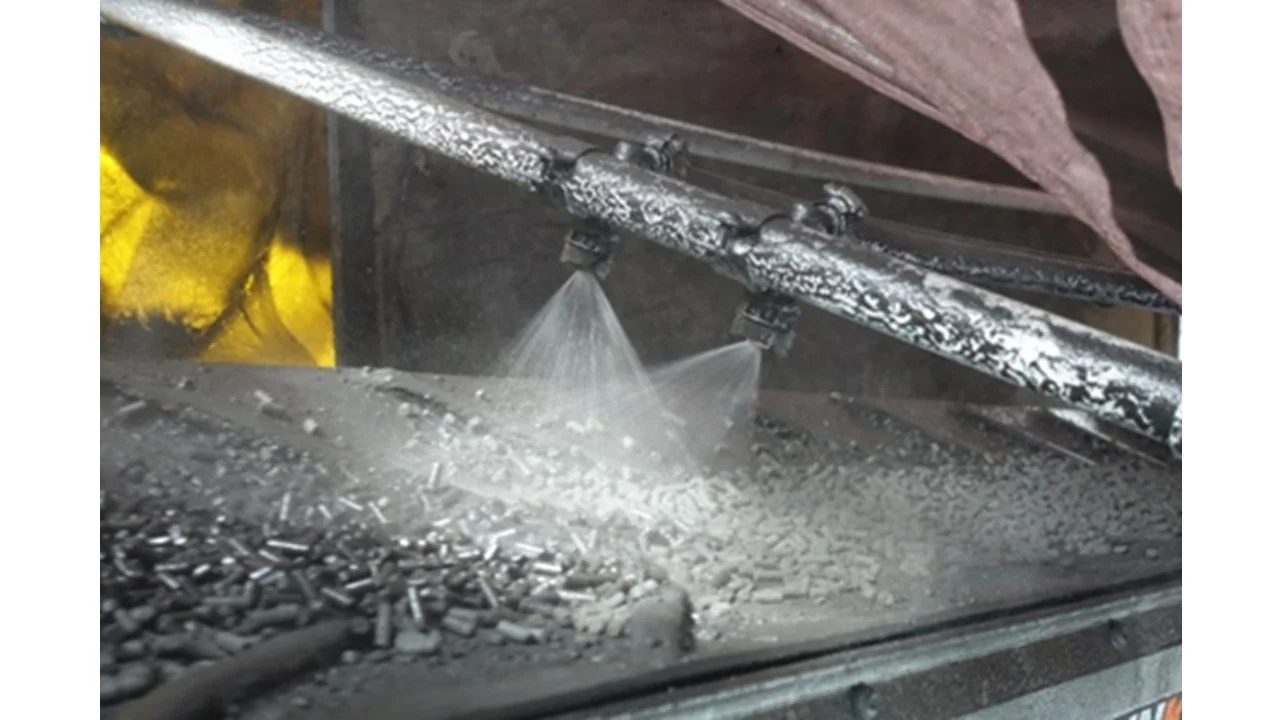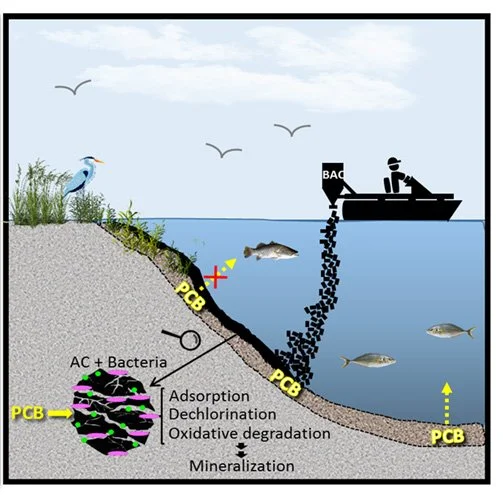About Us
RemBac Environmental LLC provides sustainable, environmentally friendly materials and expertise for in situ bioremediation of sediments and soils contaminated with polychlorinated biphenyls (PCBs), a global toxic pollutant. Our patented technology provides three critical advantages for site remediation: 1) the combined action of naturally occurring PCB degrading bacteria with activated carbon both degrades and sequesters PCBs to mitigate their toxicity, 2) the approach is cost effective and can be used as an alternative or in combinaiton with current technologies for PCB treatment such as dredging and capping, and; 3) it meets the growing demand for sustainable treatment alternatives with a lower carbon footprint and reduced risk to human health and the environment.
The Bioamendment
Biological degradation of PCBs in the environment occurs by anaerobic dechlorination of highly chlorinated congeners followed by the aerobic degradation of the dechlorination products. However, a key bottleneck is the low native abundance of PCB degrading bacteria found naturally in sediments. Treatment with bioamended AC enhances the natural degradation of PCBs by increasing the numbers of PCB anaerobic dechlorinating and aerobic degrading bacteria in the contaminated sediment. The microbes are grown in high volume bioreactors, concentrated by centrifugation or filtration and shipped to the field for deployment. The bioamendments occur naturally in the environment and are non-GMO and non-pathogenic.
Bioaugmented Activated Carbon
Bioamendments can be applied to PCB impacted environments by several methods. The most common method for treating sediments is to apply the PCB degrading microbes to pellets of activated carbon pellets (SediMite™) which act as a delivery system for inoculating the sediments at the site. PCB dechlorinating and degrading microbes are sprayed onto the pellets and adsorbed to the surface forming a nascent biofilm that adheres to the carbon particles as they are delivered to the sediments.
Application
There are several options for deploying bioaugmented AC pellets into sediments depending on the site. These can include a venturi horn induction system for smaller and difficult to access sites (< 1 acre), and a telebelt or barge mounted pellet broadcaster for larger projects (> 1 acre). Bioamendments can also be applied to powdered or granular AC for direct tilling into sediment or soil. Bioaugmented AC can be rapidly deployed at relatively low expense and generates a minimal carbon footprint.
Effect of Bioaugmentation on PCBs
The highly absorptive quality of AC combined with the accelerated rate of PCB degradation by the bioamendment provides sufficient dosing with minimal material. The bioaugmented AC is applied to sediments forming a reactive barrier layer over the PCB contaminated sediment. In the short term the bioaugmented AC sequesters and degrades any PCBs that diffuse from the PCB contaminated sediment; over the longer term the bioaugmented AC is mixed into the contaminated sediment by natural bioturbation and remains there as a barrier that effectively inhibits movement of residual PCBs thereby limiting potential bioaccumulation in fish and wildlife.




